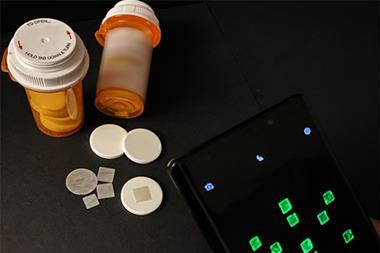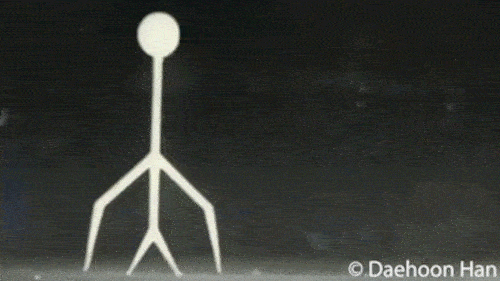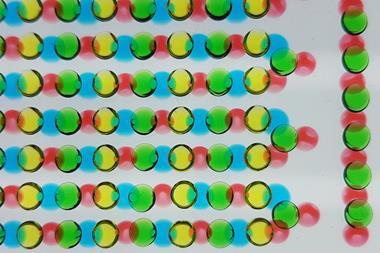Hydrogel supports wound healing by allowing hair follicles and sebaceous glands to regenerate

A wound dressing made from the silk protein sericin can help skin recover without scar tissue forming, new research shows.
Millions of people worldwide suffer serious skin wounds caused by burns or trauma that are unable to self-heal. The main complication surrounding skin regeneration is scar tissue, which has different functional and mechanical properties to normal physiological tissue, often causing pain and discomfort for those affected.
‘Most of the currently available wound dressings are ineffective in achieving skin regeneration with minimal scar tissue formation and sufficient recovery of skin appendages – hair follicles and sebaceous glands – that are critical for skin to exert its biological functions,’ explains Lin Wang from Huazhong University of Science and Technology, China. Now, Wang and his team have developed a new type of wound dressing based on a sericin hydrogel that they claim can overcome these limitations and result in scarless healing.

They extracted sericin from silk fibres and used UV light to crosslink the protein chains with the aid of a photoinitiator. The resulting gels have strong cell-adhesive properties, low immunogenicity and adjustable mechanical properties. The team found that this hydrogel works by inhibiting inflammation during wound healing, promoting the formation of new blood vessels, decreasing scar formation by regulating TGF-β growth factors and recruiting stem cells to the injury site.
‘Silk-derived proteins have intrinsic bioactivity, probably due to a simple amino acid composition, which is quite similar to extracellular matrix proteins present in the skin,’ explains Antonella Motta, an expert in silk-derived biomaterials from the University of Trento, Italy.
By combining animal models with in vitro cell culture techniques, the team have shown that the hydrogels can block bacteria from entering the wound, leading to accelerated healing. ‘Compared with currently available treatments, sericin hydrogels can prevent scar formation and promote the regeneration of appendages in full-thickness skin injuries,’ explains Wang. ‘We believe this type of sericin hydrogel has the potential to be further optimised into a safe and effective artificial skin substitute for clinical use, and the successful translation of this new skin substitute may benefit millions of patients with severe skin trauma in the future.’
References
C Qi et al, Biomater. Sci., 2018, DOI: 10.1039/c8bm00934a












No comments yet